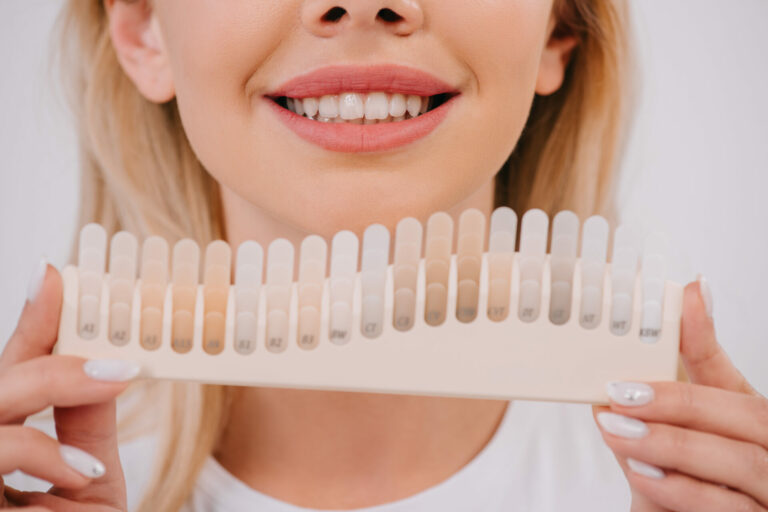The use of electronic cigarettes (e-cigarettes) has significantly increased its prevalence as many of the population believe it to be healthier than smoking cigarettes. But is it really a healthier option OR is it just putting you at risk of other serious problems.
What is Vaping?
Vaping or e-cigarette use works by heating a liquid to generate an aerosol/vapour that the user inhales. This liquid is made up of several constituents: propylene glycol, glycerin, flavourings, water and nicotine (which can sometimes be substituted for THC -tetrahydrocannabinol- a psychoactive product found in cannabis).
Propylene Glycol (PG)
This chemical is a carrier product in e-liquid which is primarily used in the production of polymers as well as uses in food processing. It is found in things like liquid sweeteners and ice creams and its primary use in e-liquid is to act as a carrier to nicotine. When this product is used orally, it is broken down into acetic acid, lactic acid and propionaldehyde. These products are all toxic to enamel and soft tissues of the mouth. PG is also hygroscopic which means it attracts water from saliva and the oral tissues leading to tissue desiccation. The result of this is xerostomia (dry-mouth) which has been shown to increase prevalence of dental decay, gum disease and other oral health issues.
Nicotine
Although the percentage of nicotine in e-liquid is much lower than tobacco, e-cigarette users can expect one cartridge of liquid (200-400 puffs) to be equivalent to smoking 2-3 packs of cigarettes. Nicotine is also known to have significant ill effects on gum tissue by adversely affecting the blood flow in the gums as well as reduced immune cell function. It also reduces the turn-over of connective tissue in the gums. All of these issues lead to a much higher chance of an individual developing gum disease and consequently tooth loss and gum disease causing bacteria cannot be fought by the immune system.
Glycerin and Flavourings
Studies have shown that whilst glycerin is not metabolised by decay causing bacteria, when combined with flavourings it produces a four-fold increased in microbial adhesion to enamel and a two-fold increase in plaque biofilm formation. It has also been shown that the addition of flavourings to e-liquid provided a 27% decrease in enamel hardness when compared to flavourless control samples. Glycerin also causes a sticky film to coat the teeth which means decay causing bacteria can adhere to pits, fissures and softened tooth much easier which can lead to rampant decay.
Vaping Pen Explosions
This may seem sensationalised and unrealistic but there have been over 2000 reported cases of these devices exploding in the period of 2015 – 2017 in the United States alone. The problem lies with the lithium batteries overheating and exploding. This usually causes quite severe damage to the mouth, face and there has also been a reported case of death in Texas.
In essence, it is a fact that vaping can be dangerous, if not more dangerous, than the use of tobacco. Addition of flavourings to the e-liquid by manufacturers seems to be attracting younger generations as they deem it to be a safe, ‘yummy’ alternative to smoking. There are also multiple case studies in the literature reporting on people that have replaced traditional smoking with vaping only to be diagnosed with rampant decay within the space of 12 months. Unfortunately, whilst vaping may be more socially acceptable than smoking, it comes with a whole host of other risks that make it potentially just as bad (if not worse) than smoking cigarettes for oral and general health.




